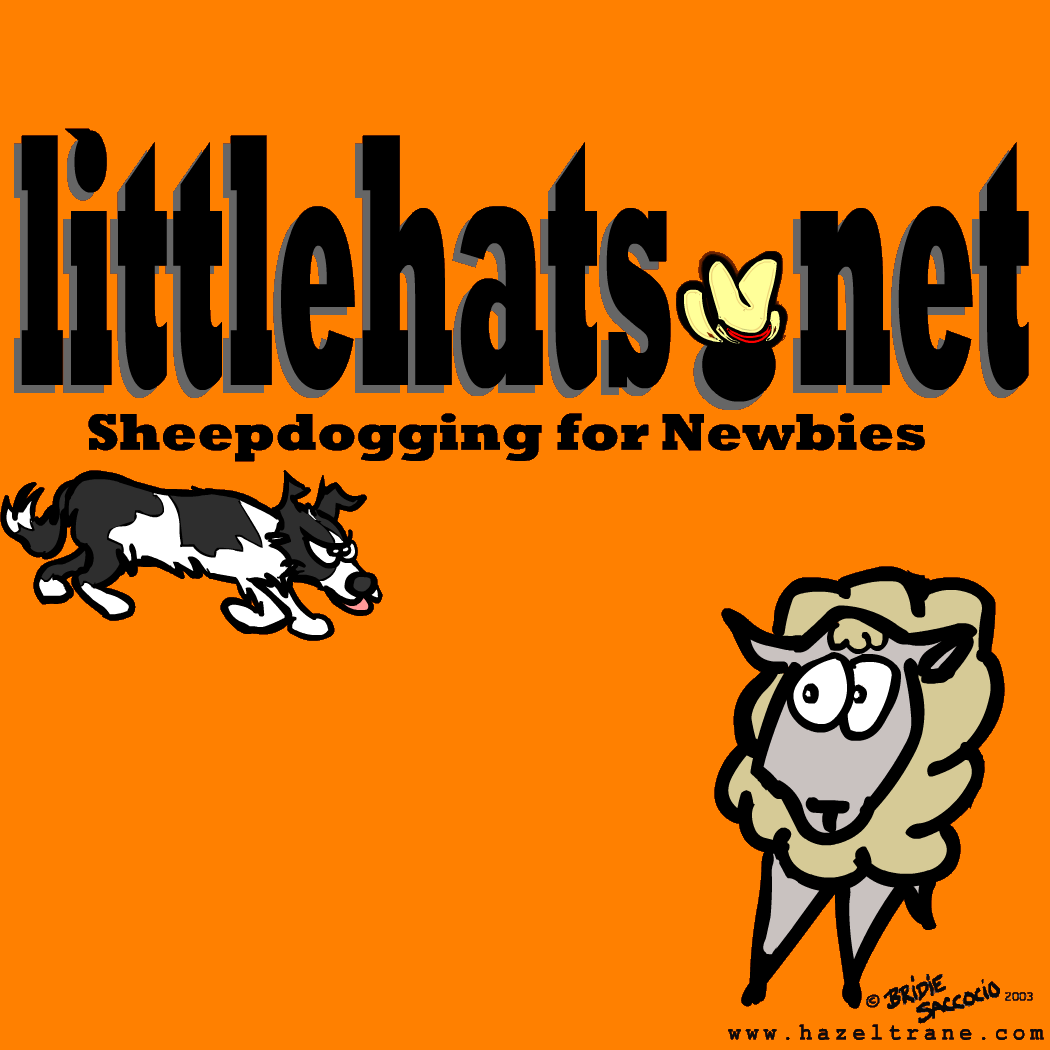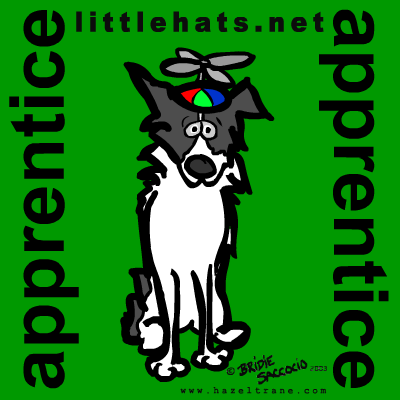


Gripping
by Carol Campion
Search This Site
Some things to keep in mind when assessing a gripping youngster are the pressure where you are working, the age of the youngster and the type of sheep. Firstly, if you are starting a dog that is well under a year of age, they often can grip out of pure immaturity. In many cases, young gripping dogs can be "put up" for a month or two and be taken back out to sheep after they have matured for a few months with no signs of gripping. You cannot allow the sheep to be mistreated nor do you want the gripping to become established, so you must address it. Care needs to be taken that the dog is mentally mature enough to deal with being corrected.
Many of these young dogs have a strong enough stock sense that it makes them very uncomfortable dealing with going in a direction-even circling in a certain direction, that makes them feel they will lose sheep. Even though you know they won't lose them, they can feel the draw to say, a barn or a gate. They will not want to go in a direction that makes them feel they might lose the sheep to the draw. Try to work with the pressure with a young dog. If you are not sure how your training set-up may be adding to any tension or what and where the pressure is, get someone who has more experience come check it out. Also, don't force a young dog to go in a direction its not ready to go in yet. They will relax into that direction when ready, but if they are forced, some will grip.
Others may start bending around the sheep and then get conflicted by the sheep shifting to come toward you as a reaction to the dog bending around them. The dog will start around the stock, the sheep shift to you and the dog's heading instinct can kick in and they may grip or go through the middle of the sheep out of confusion and discomfort. This is where a controlled area and very quiet sheep are lifesavers. With this type of sheep, you can stay close enough to the sheep to help the dog go around and usually in a short time, they get over that conflict. A long line can be a lifesaver for the sheep who have to suffer in some of these situations. A line can allow you to catch up the dog before it gets into trouble so you can then help it go around learning to approach stock properly.
You also want to make sure that you do not try to change the dog's direction until it is giving some room in its cast around the sheep. Without this room, your attempts to shift directions can actually cut the path of the dog off, forcing it into the sheep rather than around them. In this situation, a lot will then grip.
So before assuming you have a die-hard gripper, check out the training area and the sheep. It could be you are putting your young dog in way over its head!
Many of these young dogs have a strong enough stock sense that it makes them very uncomfortable dealing with going in a direction-even circling in a certain direction, that makes them feel they will lose sheep. Even though you know they won't lose them, they can feel the draw to say, a barn or a gate. They will not want to go in a direction that makes them feel they might lose the sheep to the draw. Try to work with the pressure with a young dog. If you are not sure how your training set-up may be adding to any tension or what and where the pressure is, get someone who has more experience come check it out. Also, don't force a young dog to go in a direction its not ready to go in yet. They will relax into that direction when ready, but if they are forced, some will grip.
Others may start bending around the sheep and then get conflicted by the sheep shifting to come toward you as a reaction to the dog bending around them. The dog will start around the stock, the sheep shift to you and the dog's heading instinct can kick in and they may grip or go through the middle of the sheep out of confusion and discomfort. This is where a controlled area and very quiet sheep are lifesavers. With this type of sheep, you can stay close enough to the sheep to help the dog go around and usually in a short time, they get over that conflict. A long line can be a lifesaver for the sheep who have to suffer in some of these situations. A line can allow you to catch up the dog before it gets into trouble so you can then help it go around learning to approach stock properly.
You also want to make sure that you do not try to change the dog's direction until it is giving some room in its cast around the sheep. Without this room, your attempts to shift directions can actually cut the path of the dog off, forcing it into the sheep rather than around them. In this situation, a lot will then grip.
So before assuming you have a die-hard gripper, check out the training area and the sheep. It could be you are putting your young dog in way over its head!